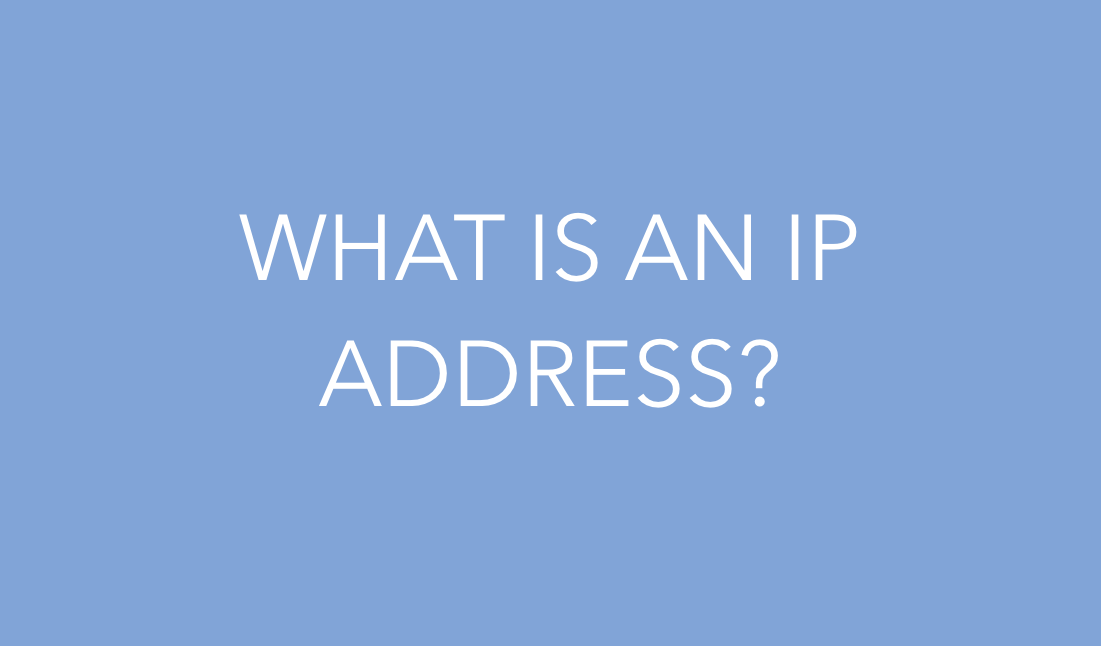
Surprise, you’re using an IP address to even get to this website. Without IP addresses, the internet would not work as we know it today and the actual technology dates back to when the very first networks were being designed.
What is an IP address then?
So IP stands for “Internet Protocol” and every device on your home network, office network or any network has an IP address and every device that is involved in getting an internet connection from your ISP to your house also has IP addresses. All computers use the TCP/IP protocol in order to communicate.
There are also two types of IP address, IPv4 and IPv6. IPv4 is the most common standard, it uses 32 binary bits and an IPv4 address is four numbers with dots in-between. For example 192.168.1.5
IPv6 is more complicated, it uses 128 binary bits and an IPv6 address is eight groups of hexadecimal numbers or letters separated by colons.
Ok, how does my computer get an IP address?
So in nearly every home network or office network, you’ll have a main router where the connection from your ISP comes into and the rest of your devices connect to – be it wireless or wired. In the IPv4 world, the router is assigned whats called a public IP address and it then creates a layer of NAT and all of your internal devices get assigned a block of IP addresses from the router using DHCP. An internal IP address can be either assigned from DHCP (automatically) or assigned manually, or static.
DHCP IP addresses are also only assigned for a certain amount of time, to avoid pool starvation. So once your device is assigned an IP, it has a lease which can vary from 1 hour to one week. DHCP lease times can be adjusted in the router.
When you get an IP address via DHCP, you’ll typically have four fields filled in.
- IP address
- Subnet Mask
- Gateway
- DNS
The IP address is the IP address your computer or device has been set to or has been assigned. It’ll typically be 192.168.0.x with the x being anything from .2 to .254 but this all depends on your set up.
The Subnet mask determines how large the given network is, typically a normal network size has 254 IP addresses and will have a subnet mask of 255.255.255.0
Gateway, this is the IP address for the gateway in the network which is typically also the IP address for the router.
DNS, this is the IP address for the DNS server your DHCP server has handed out.
Learn more about DHCP here and learn more about DNS here





